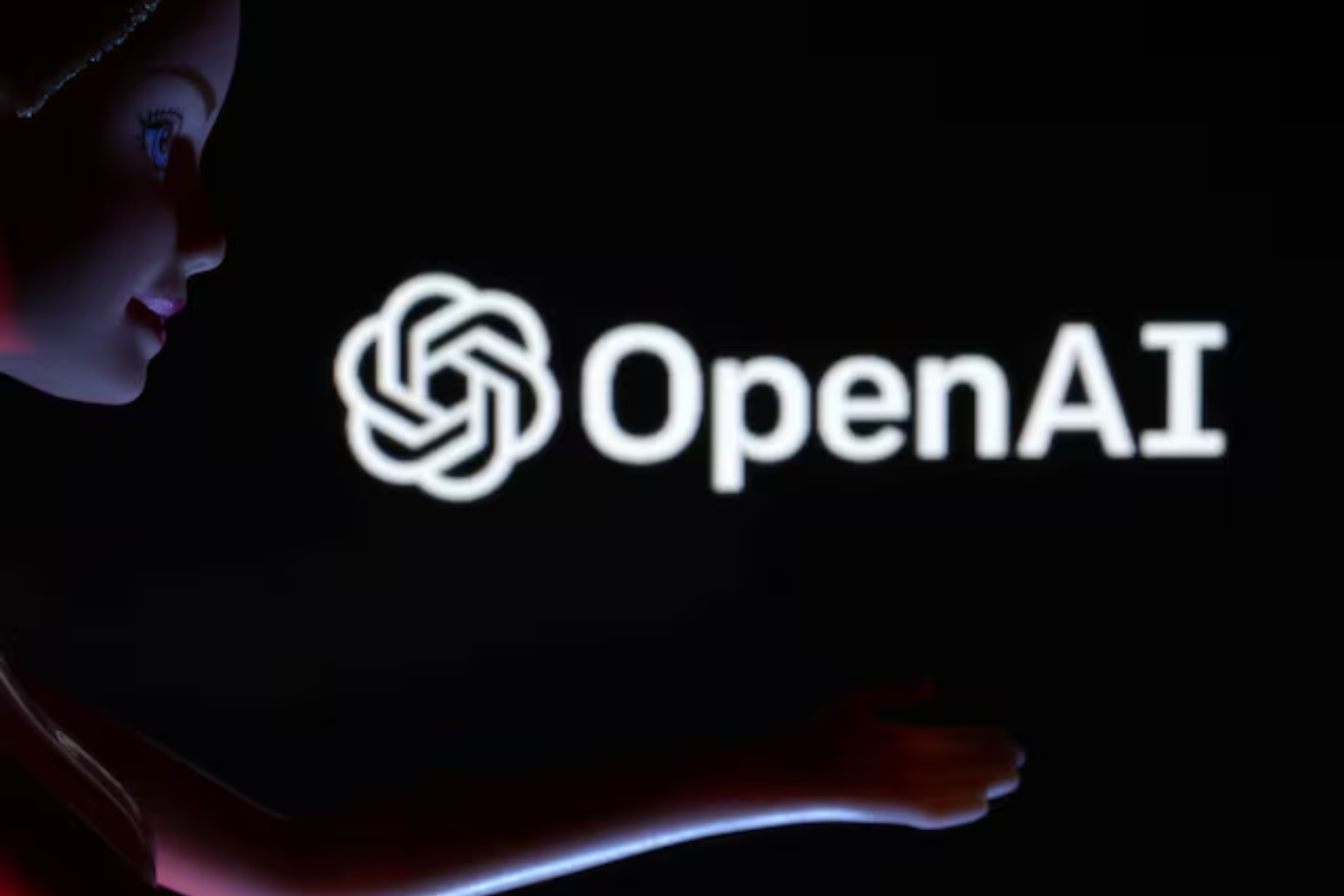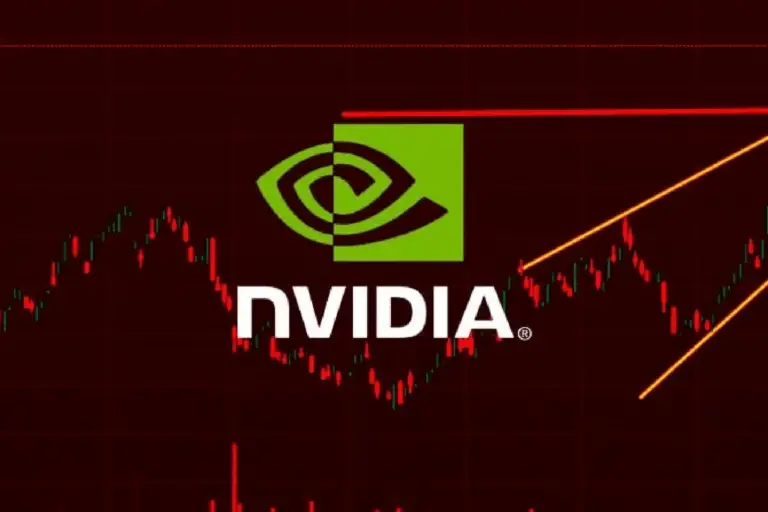
OpenAI’s Powerful New AI Model Solves Complex Problems Faster – Top 5 Facts
OpenAI releases a powerful new AI reasoning model that is great at fixing hard problems in code, math, and science.
OpenAI, an advanced AI company, has come up with a new “reasoning” AI that is capable of answering much harder questions now. It counts as a bigness leap forward for the company’s artificial intelligence research. This new project headed by Sam Altman is called generative AI (GenAI is in trend nowadays as it is considered quite practical in many industries at the moment).
OpenAI o1 is a new model that is supposed to be smarter or in other words more critical, than a person. That is why OpenAI explained that it takes time when solving problems as a person firstly tries to find out the ways to make answers. Indeed, the model can improve the solving of hard problems by adapting its own thinking strategies, and by experimenting with a set of thinking patterns and avoiding mistakes in the process of training.
End-user application of this enhanced AI model will be exciting for different types of workers. One of them includes the application by healthcare professionals to tag cell sequencing data and this will reduce time and enhance the accuracy of the data. The mathematicians in quantum optics can use the model to generate complex equations and the developers irrespective of their competence in the fields can employ the model for creating and executing the processes with numerous stages.
OpenAI explains that “we have developed a new batch of AI which seems to think before acting.” They can execute complex steps and come up with solutions of higher complexity levels in science, coding, and Mathematics than the previous models.
‘Recent tests have proven that OpenAI O1 version excellent gets along.’ The results of the study showed that PhD students were better than the model at difficult tasks related to physics, chemistry, and biology. The kind of problem that it has just understood and solved demonstrates just how intelligent the AI is.
It has also been intriguing to note that this model impresses when it comes to doing mathematics and coding. The OpenAI GPT-4o model was recently given a test in order to attempt to qualify for the IMO or International Mathematics Olympiad and it only answered 13% of the questions correctly. Overall, a phenomenal 83% was realized by the new reasoning model hence revealing how valuable it could be in this branch. It also attempted competitions in programming and Code forces competitions the highest percentile attained was the 89th.
However, there are still some issues with the new thinking model despite all that it can achieve. For instance, you cannot type in Google to look for information; you cannot share files or even pictures. These are some of the features that have made tools such as the ChatGPT very useful. This model according to OpenAI brings AI to a whole new level of thinking hence leading to the creation of new possibilities in many fields.
A New Era for OpenAI
There is also a cheaper version of the reasoning model known as the OpenAI o1-mini which was developed by OpenAI. Hence for tasks requiring good reasoning but not a lot of knowledge of the world, there is this smaller, much quicker version of the reasoning AI which is good for writing code and is cheaper.
This is reserved for more people to use, OpenAI highlighted the fact that this is 80% cheaper than the o1-preview form. While the o1-mini is less in size it is also less complex but it does have strong reasoning capabilities and it is much cheaper.
Open AI’s new thinking model has brought AI technology to a higher level than it has ever been before. As for hard problems in science, coding, and math, the o1 series just raised a bar higher with AI becoming even better it seems. As it stands, this AI model could be a useful tool for researchers, developers, and workers in many fields as they were told that it is going to get better.


